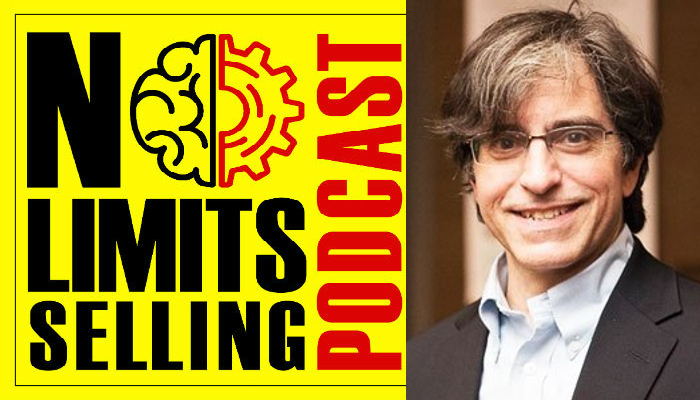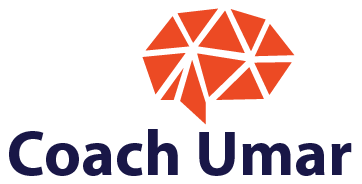James Ontra on Creating Powerful Presentations
On Episode 193 of The No Limits Selling Podcast, we have James Ontra, Author and CEO at Shufflrr. James Ontra is changing the way the enterprise world thinks about its most undervalued asset — the presentation. As CEO and co-founder of Shufflrr, James is blazing a trail in the emerging new discipline of presentation management.
The technology he helped create is already powering the presentation strategies of hundreds of Fortune-level companies, helping them save millions of dollars by transforming humble PowerPoint slides into invaluable business assets.
In this episode, James shares with us how to create powerful presentations.

Contact James:
[EDITOR’S NOTE: This podcast is sponsored by No Limits Selling. It is a fun, fast-paced podcast that delivers hard-fought business advice that you can implement today to improve your sales and performance]
Interested In Our Real Estate Coaching Services? Explore Our Website: Link
Feeling Not Well Today? You Can Use Our Mindset Boosters App To amp Up Your Mood: Link
Find us on Social Media:
LinkedIn | Facebook community | Instagram
Like what do you listen to? Subscribe to our podcast!
Ready to become fearless? We can help you become fearless in 60 days so you accomplish more in your career Schedule A 15 min Call with Umar
Summary
Introduction and Background
The podcast begins with the host, Umar Hameed, introducing James Ontra and his expertise in communication and influencing people to make purchasing decisions. James Ontra has worked with some of the largest brands in the world, helping them communicate effectively and powerfully.
The Importance of Storytelling in Presentations
James emphasizes the importance of storytelling to create powerful presentations. He suggests that every presentation is a story, and every slide is a scene. The presenter should consider the emotion they want the audience to feel and the knowledge they want them to gain. He also mentions that it's crucial to make the presenter comfortable with the content and the words they're saying.
The Role of Emotion in Presentations
James highlights the role of emotion to create powerful presentations. He shares an example from his early career when he was working on laptop presentations for NBC to sell their Olympic advertising. The difference between a big sponsor committing $2 billion versus $1 billion was the emotion they felt during the presentation. He emphasizes that the emotional connection is what makes the difference.
Create Powerful Presentations
James shares his approach to crafting and delivering powerful presentations. He suggests finding the unique commonality in the presentation and trying to eliminate all the words off the screen. He also shares an example from a big corporation, Scripps Networks, where they managed to sell five different networks by stringing them all together under the theme of lifestyle items.
Conclusion
In the podcast, James Ontra, CEO of Shufflrr, shares his insights on how to create powerful presentations using effective communication and influencing purchasing decisions. He emphasizes the importance of storytelling and emotional connection in presentations, suggesting that each slide should be seen as a scene in a story, designed to evoke specific emotions and impart knowledge. He also highlights the need for presenters to be comfortable with their content and the power of finding a unique commonality in the presentation.
Using an example from his work with Scripps Networks, he illustrates how this approach can successfully tie together diverse elements in a presentation. Overall, Ontra's insights offer valuable guidance for anyone seeking to enhance their presentation skills and influence their audience's decisions.
Questions & Answers
What is the importance of storytelling in presentations?
How does emotion play a role in presentations?
What is James Ontra's approach to crafting powerful presentations?
Who is James Ontra and what is Shufflrr?
What are some key takeaways from James Ontra's podcast on presentation skills?
Don’t miss this opportunity to transform your real estate career with one-on-one coaching. As an experienced real estate coach, I, Umar Hameed, am dedicated to helping you unlock your full potential and achieve your real estate goals. To learn more about who am I and my clients ↓
If you’re ready to take the next step, book an appointment with me today and begin your journey toward success in the real estate industry.
